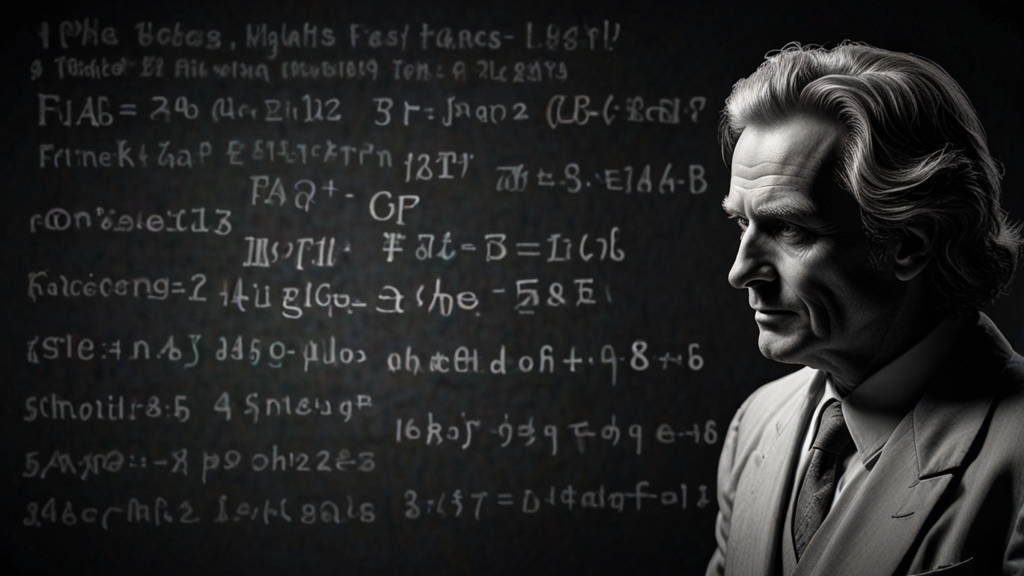Cold War Tactics: The Art of Deception and Misinformation
The Cold War, a period of geopolitical tension between the Soviet Union and the United States along with their respective allies, was characterized by a variety of tactics intended to gain strategic advantages without direct military conflict. Among these tactics, deception and misinformation played pivotal roles in shaping the events and outcomes of this prolonged standoff. Both superpowers employed an array of subterfuge methods to mislead each other, engage in psychological warfare, and influence global perceptions.
The Essence of Deception
Deception during the Cold War was not limited to espionage; it permeated all levels of interaction between the adversaries. The primary goal was often to create confusion, obscure true intentions, and lead the opponent into an erroneous strategic posture. Deception took many forms, ranging from falsified public statements to elaborate covert operations.
One notable instance of deception was the Soviet Union's Potemkin villages, which were carefully constructed façades intended to project an image of prosperity and technological prowess. These staged environments were showcased to foreign diplomats and visitors to convince them of the USSR's superiority in various domains, thereby affecting international perception and policy-making.
Misinformation Campaigns
While deception often involved direct action to confuse or mislead, misinformation campaigns focused on the deliberate spread of false information. These campaigns were designed to undermine trust, sow discord, and alter the perceptions of entire populations. Both the US and the Soviet Union utilized sophisticated propaganda techniques to achieve their ends.
In the United States, the CIA led extensive misinformation efforts, one of which was Operation Mockingbird. This initiative involved feeding biased or incorrect information to media outlets to influence public opinion and discredit the Soviet Union. Conversely, the Soviets executed their own share of misinformation campaigns aimed at painting the US in a negative light, thereby attracting support from various factions around the world.
"The best weapon of a great power is choice. During the Cold War, both sides used a mix of subtlety and brute force when dealing with their adversaries, but misinformation was always at the strategic core." - Historian John Lewis Gaddis
Psychological Operations (PsyOps)
Psychological operations, or PsyOps, were another critical component of Cold War tactics that overlapped significantly with deception and misinformation. These operations aimed to psychologically manipulate the opponent by disseminating information that would shape beliefs, influence emotions, and trigger either cooperation or confrontation under favorable terms for the instigator.
For example, the US conducted numerous PsyOps in Eastern Europe. Radio Free Europe, funded by the CIA, broadcasted Western propaganda into Soviet-dominated territories to inspire dissent and weaken the communist hold. The efficacy of such operations was often debated, but they undeniably contributed to the overall strategy of undermining the adversary's stability from within.
"The simple but critical premise of psychological warfare is to break the will of the enemy, not just by defeating them in battles, but by making them doubt their cause and motivation." - Defense Analyst Paul Linebarger
The Role of Technology
Technological advancements during the Cold War also facilitated novel forms of deception and misinformation. The advent of sophisticated surveillance and communication tools enabled both sides to gather intelligence and deploy counter-intelligence measures with greater precision.
The U-2 spy plane incident is a prime example where technology played a double-edged role. The US routinely flew U-2 aircraft over Soviet airspace to gather intelligence, believing the planes were undetectable. However, when the Soviet Union shot down one of these planes in 1960, it became a significant embarrassment for the US, revealing the extent and audacity of its surveillance efforts.
Conclusion
The art of deception and misinformation defined much of the Cold War era, influencing countless events and relationships. By deploying a blend of propaganda, covert operations, and psychological tactics, the superpowers sought to gain advantage without direct confrontation. These tactics had lasting impacts, not only on US-Soviet relations but on global politics and military strategies that continue to resonate today.










